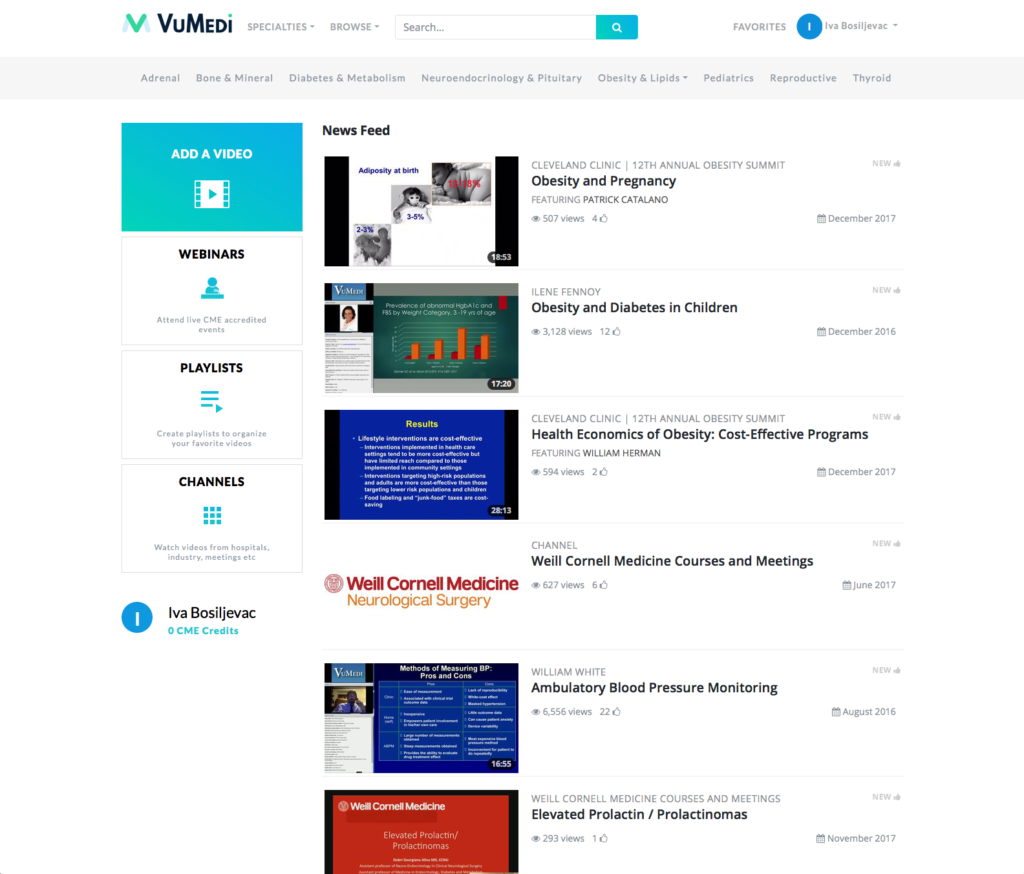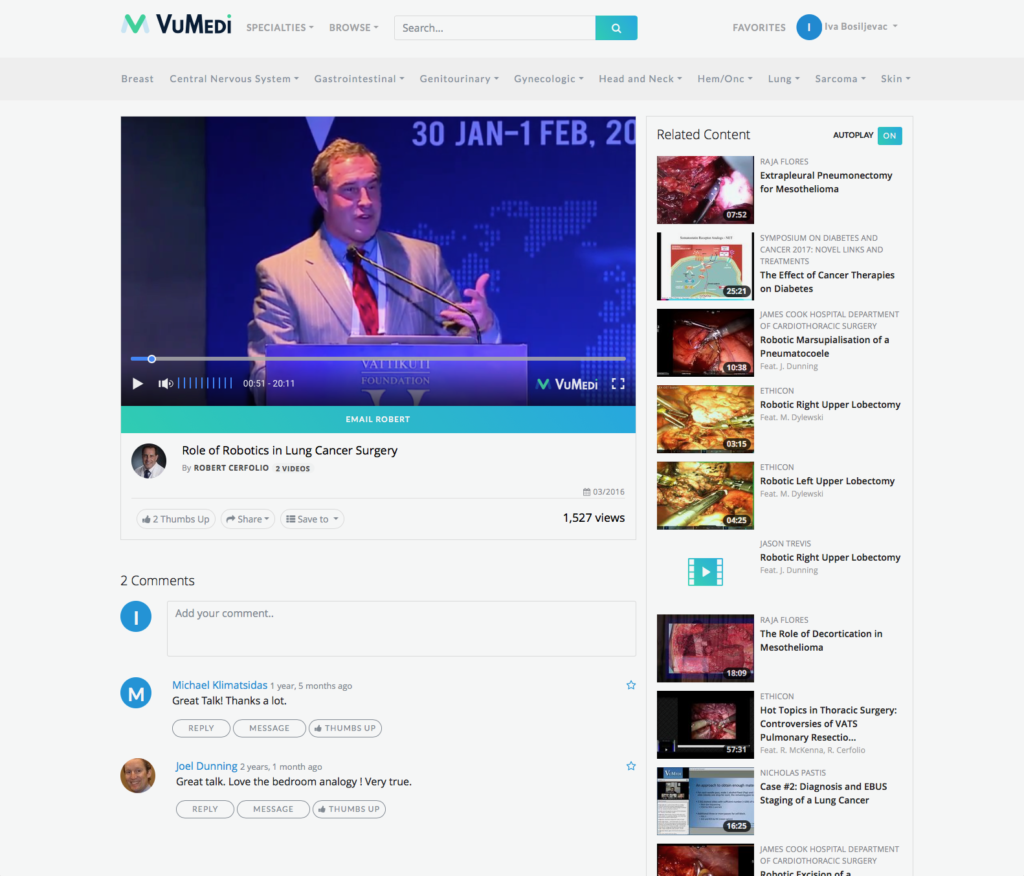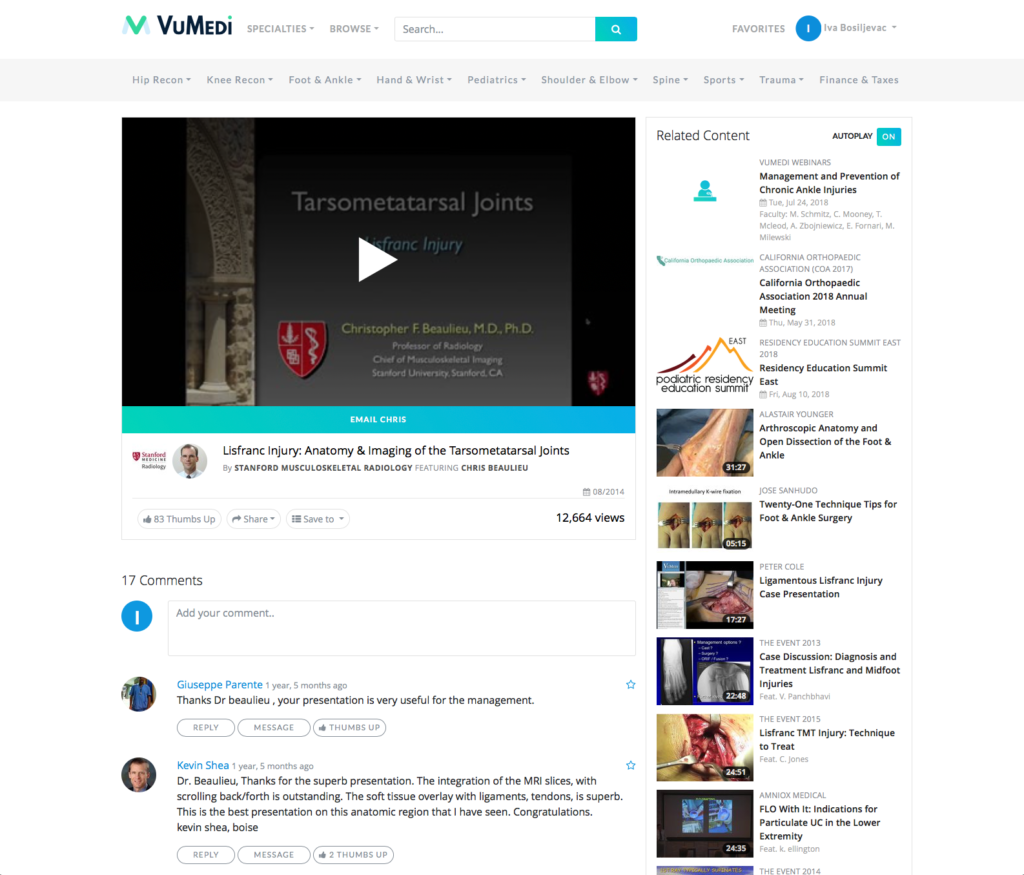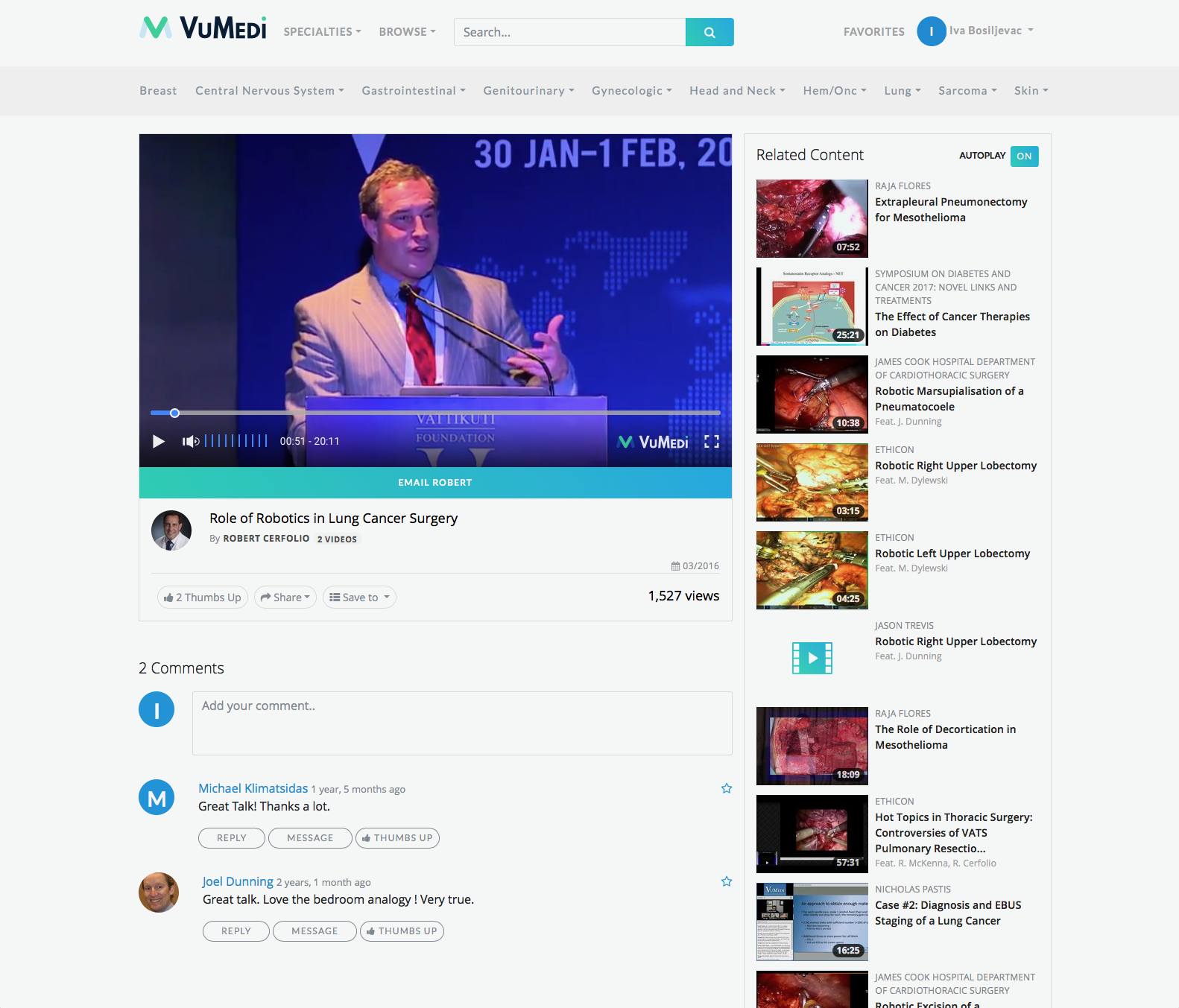VuMedi, a comprehensive video medical education network for physicians, recently reached more than 250,000 users—and now the pharma industry has the ability to reach them. Previously, VuMedi only posted content from physicians for physicians, but the company announced it has added a formal channel for pharmaceutical brands—allowing the industry to now supply video content on their platform.

This will enable pharma an avenue to engage with VuMedi’s users, which includes 80% of cardiovascular physicians and orthopedic surgeons worldwide. PM360 spoke with Roman Giverts, Founder and CEO of VuMedi, about the addition of this new capability for industry partners, what kind of engagement they have seen in early pilots, and why educational long-form videos are becoming a crucial component of reaching and influencing physicians.
PM360: Tell us about the pharma industry’s new ability to participate on your educational platform for physicians.
Roman Giverts: In the past, we only had a physician community in which physicians could go and educate themselves. If they had a problem in heart failure for example, they could find 30 to 50 videos by leading KOLs from institutions such as the Cleveland Clinic and Mount Sinai. The content came from hospitals, conference and meeting partners, educational institutions, and individual physicians and KOLs—there was no ability for pharma to participate.
Now, the industry can participate on the platform to also educate these physicians. We have an industry channel, similar to a YouTube channel, where industry participants can post their educational content and run very targeted campaigns towards the physician audience that they’re looking for.

How does this channel appear on the physician’s end? Is it separate from all other videos or are they integrated within other videos for each of the specialties you reach?
A big part of VuMedi’s success is authenticity and transparency. While the industry videos are interspersed with other community videos, everything is clearly labeled. When a video is by a physician or hospital, it says the name of that physician or hospital, and when it’s by industry, it says the video is by industry.
Physicians will find those videos as they’re searching, browsing, and watching related content—similar to how you might find content on YouTube. They certainly don’t have to watch any of these industry videos, and we don’t have any pop-ups or pre-rolls that require advertising viewing. But, a lot of physicians choose to watch these videos. And, when we asked them, “Why do you watch these industry-biased videos?” the main response is that it is better than meeting with a rep.
For instance, if they’ve heard there is a new therapy in heart failure that has clinically proven to reduce possible readmissions, then it’s probably something they should learn about for their practice. They want to go somewhere where they can look at a whole variety of content that’s comprehensive, offering competing and alternative viewpoints. Part of that is the point of view of industry.

For physicians who don’t want to meet with a rep to get that information, they can turn to these industry videos. If they are educational with engaging, rich content, then physicians will actually sit and watch them. If they’re not interested after 10 seconds, then they can turn it off; whereas when you’re meeting with the rep you’re stuck until it is over.
When you say physicians actually watch these videos, what kind of engagement have you seen with the early pilots you launched?
In some of our initial pilots, not only are the videos getting thousands of target physician viewers, but the average view time is 13 minutes, which is extraordinary. To get cardiologists to spend 13 minutes with industry on average is an incredible amount of time compared to your average rep visit or the one second of view time a banner ad receives. With banner ads, it is difficult to touch your target doctors at the level of depth that is often required for these complex products.
Is that 13 minutes specific to industry videos or is that for videos across the site?
Across the site, the average is 7 to 8 minutes per video. Engagement in the medical device space is about 8 minutes. Some of that is because the videos are a little bit longer. In our initial pharma pilots, we’re seeing 13 minutes. As the amount of content on the channels grows, I think we’ll see a similar level of engagement to medical device channels. The initial content for these pilots is strong, which we intentionally selected, and that may be contributing to the extraordinary level of engagement so far.
Can marketers do anything to help further promote their videos on the site?
Companies can certainly run campaigns in which their videos surface to the top. It’s like Google. The ads are at the top, and it’s a very successful, lucrative model, but you could never click on a Google ad and use Google for the rest of your life. YouTube is a little different in that you have to watch pre-rolls, unless you pay, but you can skip them after five seconds.
On VuMedi, we’ve been successful by getting these doctors to watch by choice. I think the reason it works is the targeting. We’re not promoting videos to random doctors—it’s doctors we know are interested in heart failure or pulmonology arterial hypertension based on what they are searching for on the site. And that’s where successful engagement happens: When you’re able to connect the doctors who are thinking about modifying their practice to the industry content.
What kind of videos have industry partners provided so far, and are there any types of video content in particular that resonates the most with physicians?
I’ll preface this by saying we have about 40 or 50 med device customers. We’ve only begun piloting with pharma to prove out this model. Most of the examples we have so far are from these early pilots.
The main thing we see are KOL videos. Those are the best because the main way that physicians learn is through peer-to-peer communication. That’s how they make decisions, and their peers are who they most trust. All of our partners have some type of peer-to-peer content strategy.

Within the peer-to-peer KOL type of content you see a few different things. One partner has clinical trial results. For example, practice-changing clinical trial results that explain how you should be treating pulmonary hypertension patients differently. Another example is education for the sake of education. In this example, it’s not about the drug itself, but trying to get physicians to understand the whole disease and identify it.
The other types of videos we see are case-based educational videos. For example, Dr. Smith, explains what he does for a patient with refractory myeloma, common issues he faces, and how he thinks about each problem. Partners have 7- to 10-minute videos on that.
We also see expert best practices. For instance, the physicians in the community want to know how the expert at the local academic center treats a specific problem that they see every day. Or, what does another expert think of where refractory myeloma is going? We have partners making short 5- and 6-minute videos of expert wisdom.
One last example is procedural videos, so if your biologic requires an injection then there are videos explaining how exactly it should be administered.
The most important thing when doing any of these videos is understanding what is practice-changing for physicians. You must find a trusted authority to talk about how a physician can improve their practice and treat their patients better.
What trends have you seen in pharma marketing as you have implemented these pilots in the space?
From an outsider’s perspective, what’s really fascinating to us is the enormous abundance of awareness campaigns. It seems like 90% of budgets and efforts for digital marketing are going into awareness. That’s a little bit at odds with the trends that are happening on the clinical side, such as the fact that medicine is getting a lot more complex. With the advent of biologics and other advances, it’s not as simple as just swapping out the drug. Changing how you treat refractory myeloma is a much more complex process for the physician, so awareness is significantly less important.
The second thing that’s happening is the transition to evidence-based medicine. The days of physicians being able to simply prescribe whatever they want are over. As a result, these physicians are undertaking a significantly more thorough processes and educational pathway, in order to start to using a new product. This also requires a level of depth and education beyond awareness tactics.
What we observed is that pharma is a little bit behind in aligning to that. They’re still doing mostly banner ad campaigns. With the current complexity of the medicine and the standards of evidence-based medicine increasing, there is only so much a banner can do to influence change. Entresto is a perfect example. It’s been written that they spent large sums of money on banners, emails, and all the traditional things that you used to do—and the drug didn’t take off. Why not? Because that’s not deep enough education to change a physician’s practice. It’s not as easy as just writing it on a pen and pad anymore. You have to get significantly more commitment from the hospital administration to actually change your practice. That is why companies must take a different approach in this new environment. In order to succeed now, companies must be focused on providing a deeper level of education and scientific dialogue.








